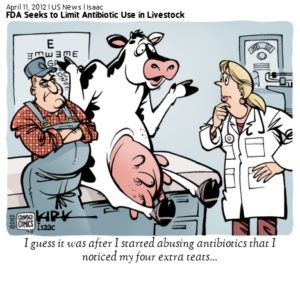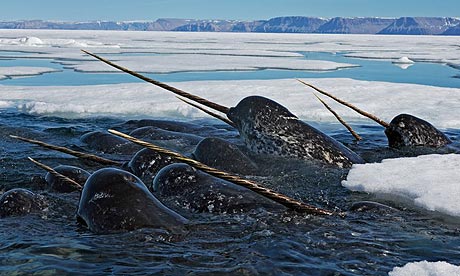Julia Hathaway (Environmental Science)
Lauren Rae (Animal Science)
Evan Lunetta (Forestry)4323
Have you ever taken a bite out of your favorite food or sipped tap water and thought to yourself, “is this going to make me sick?” Perhaps poured an ice-cold glass of water from the sink, gulped a refreshing sip and wondered if it could kill you? Most people would say no. Unfortunately, in just a short-while, this will no longer be a question we can answer no too. The New York Times posted an article just a few days ago titled, “Fear, Then Skepticism, Over Antibiotic-Resistant Genes in Beijing Smog,” reporting smog over China containing antibiotic resistant genes. The Times described the smog spreading through the city, “like pathogens in a pandemic disaster movie” (Tatlow, 2016, para. 5). Chinese citizens are scared, especially for their children. The article quoted a young Chinese actress saying she wanted to pick up her 11-month-old daughter and run away because the smog would make it easier for her daughter to become sick (Tatlow, 2016). The most alarming part is the Chinese are so used to their disease ridden air, the antibiotic resistant contaminated air is only of mild concern given their other current environmental hazards (Tatlow, 2016). As alarming as that truth is, the Chinese are not the only people impacted by antibiotic resistant bacteria. The Center for Disease Control stated that antibiotic resistant bacteria now affects 2 million Americans each year and results in 23,000 deaths (CDC, 2016, para. 2). The CDC estimates by 2050 antibiotic resistance will have killed 10 million people worldwide (Walsh, 2014, para. 1). Imagine, in just a few more decades as human population reaches an all time high, death by antibiotic resistant bacteria will become even more common than death by cancer and unlike cancer, there is no hope of treatment (Walsh, 2014). Continue Reading →









Recent Comments